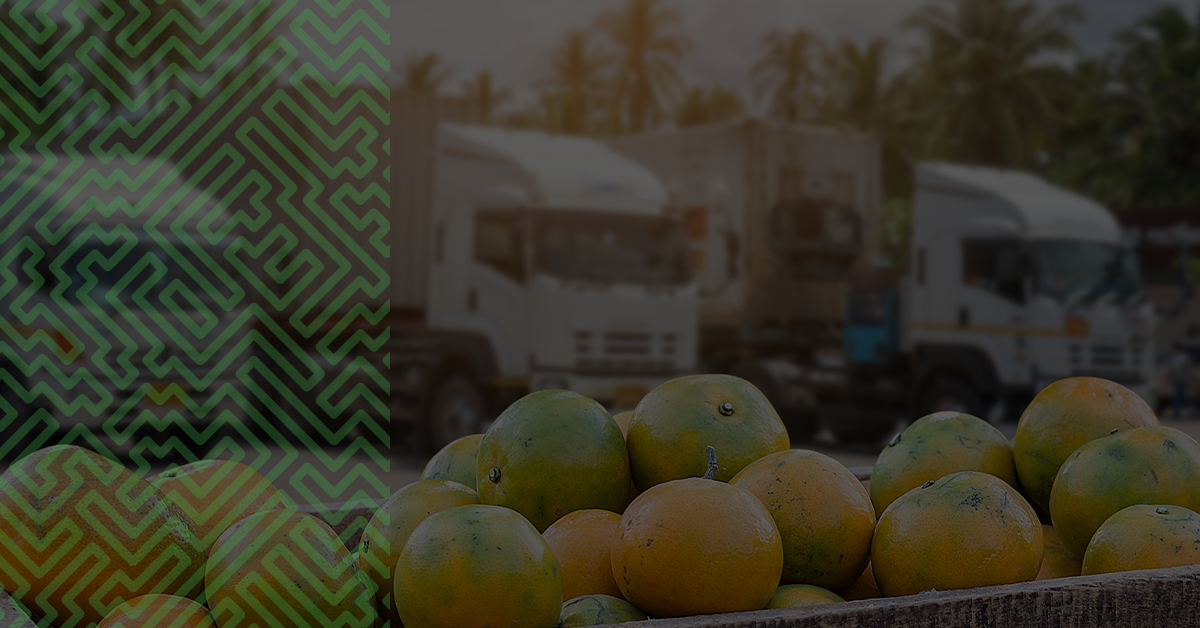Managing Multiple Restaurants Is Hard. Consolidated Concepts Makes It Easier.
What’s the hardest part about managing multiple restaurants—keeping up with costs, suppliers, or simply finding enough hours in the day?
Running one restaurant takes grit. Running five, ten, or even twenty? That’s a balancing act on a tightrope—with supply chain delays, rising costs, and labor shortages all trying to knock you off.
As a multi-unit operator, your days are filled with spreadsheets, supplier calls, and staffing curveballs. There’s barely time to look up, let alone step back and build the long-term strategy your concept deserves.
That’s where Consolidated Concepts comes in. We help multi-unit restaurant groups simplify operations, reduce costs, and gain the visibility and support needed to scale with confidence—whether you’re running a BBQ chain, a fast-growing pizza concept, an upscale fine dining group, or multi-location Mexican or Asian restaurants.

Tired of Constant Product Shortages and Supply Chain Fires?
The problem: You’re always chasing product availability, scrambling for last-minute substitutions, and fielding calls about inconsistent deliveries. It’s draining—and worse, it hurts the guest experience.
Where We Help:
- Tap into our extensive supplier network to reduce stockouts and ensure consistent deliveries.
- Get expert support sourcing high-quality substitutions when shortages hit.
- Rely on our produce category management team for fresh, dependable supply.
Margins Are Tight—And Prices Keep Climbing
The problem: Fluctuating food prices and rising indirect costs are squeezing your bottom line. You’re under pressure to maintain quality while cutting costs—without cutting corners.
Where We Help:
- Leverage our custom contracts and market insight to negotiate better pricing.
- Access over 175,000 rebated line items to reduce spend on core purchases.
- Identify opportunities to optimize spend across locations with zero disruption.
Vendor Management Is Eating Up Your Time
The problem: You’re juggling dozens of vendor relationships, contract terms, and pricing details—and still chasing compliance. It’s a full-time job (on top of your actual job).
Where We Help:
- Streamline your supplier list with strategic vendor consolidation.
- Get hands-on contract and rebate compliance support.
- Let our team handle vendor communication and issue resolution—fast.
You Can’t Fix What You Can’t See
The problem: Without centralized data, it’s tough to track purchasing trends, monitor compliance, or find operational inefficiencies hiding in plain sight.
Where We Help:
- Integrate with your current systems to provide real-time analytics.
- Monitor inventory, pricing, and spend across all locations.
- Use data insights to drive smarter, more profitable decisions.
You’re Too Busy to Be Strategic—We Get It
The problem: You didn’t get into this business to spend your days buried in spreadsheets and putting out fires. But when operations get messy, strategy takes a back seat.
Where We Help:
- Our team becomes an extension of yours, managing procurement and operations.
- We handle the heavy lifting so you can focus on growth.
- You gain time back to lead, innovate, and build a stronger brand.

Let’s Simplify the Chaos—And Grow Your Business
You don’t have to do it all alone. Consolidated Concepts helps multi-unit operators like you run smarter, leaner, and stronger.
We know the challenges you’re up against—and we’re here to help you solve them with strategic support, industry expertise, and real results.
Ready to simplify operations, cut costs, and focus on growth? Let’s talk. Fill out the form below and join Consolidated Concepts today!








